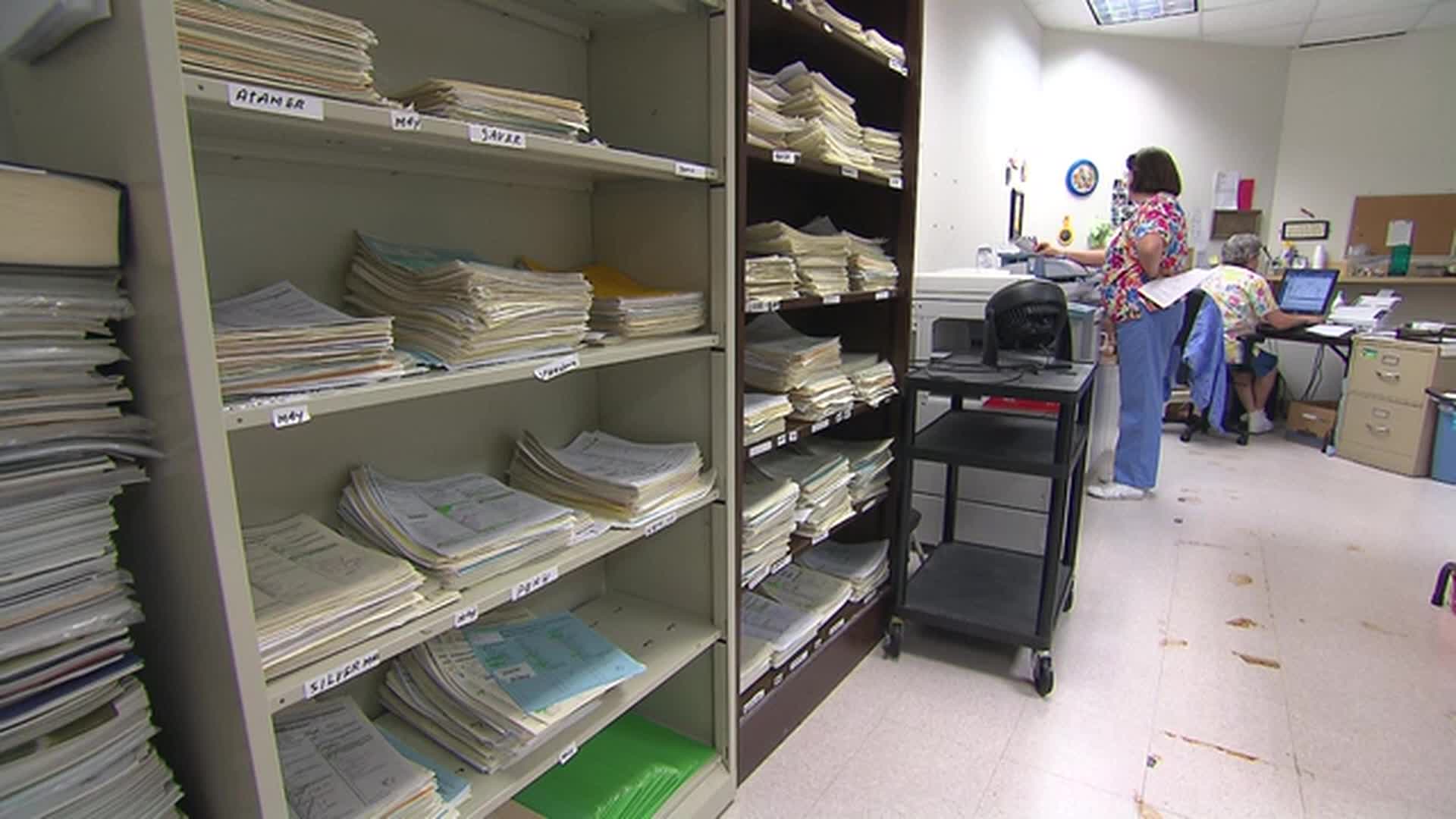Ex-President Donald Trump has once more questioned the reliability of U.S. federal economic statistics, this instance alleging that the Bureau of Labor Statistics (BLS) has distorted employment numbers to deceive the populace. By labeling the monthly jobs report a “fraud,” Trump’s remarks have sparked renewed discussions over the trustworthiness and precision of American employment data. Even though such claims have significant political implications, they frequently distort the meticulous, systematic approach used to produce these reports.
Understanding how the BLS constructs its monthly employment summaries is key to evaluating such claims. The process is extensive, data-driven, and designed to ensure transparency and statistical accuracy, with safeguards in place to prevent partisan influence. Here’s a closer look at how the jobs report is created—and why the allegations of fraud are not supported by evidence.
Every month, the Bureau of Labor Statistics provides a detailed report on the U.S. labor market, utilizing data from two separate surveys: the Current Population Survey (CPS) and the Current Employment Statistics (CES) survey.
El CPS, realizado por la Oficina del Censo de los EE. UU. para el BLS, es una encuesta en hogares que entrevista aproximadamente a 60,000 hogares en todo el país. Recopila información sobre el estado laboral, el desempleo, la participación en la fuerza laboral y datos demográficos. Esta encuesta ayuda a calcular la tasa de desempleo y ofrece una visión del panorama laboral entre diferentes grupos de edad, género y etnicidad.
The CES, on the other hand, surveys about 122,000 businesses and government agencies, covering approximately 666,000 individual worksites. This employer-based survey focuses on payroll jobs, hours worked, and wages across various sectors, providing the data that underpins the headline figure for job gains or losses.
Together, these two sources give a well-rounded picture of employment dynamics in the country. While they occasionally diverge due to differences in methodology and sample size, they are both statistically sound and subject to rigorous quality control.
Prior to public release, the data is thoroughly examined and assessed. Early numbers are labeled as initial and might be adjusted in future months as additional data is collected. Such updates are common in statistical reports and contribute to enhancing accuracy over time.
The employment report generally comes out on the first Friday of every month. The details are kept under embargo until their official release to avoid early disclosures and ensure fair access for journalists, analysts, and the public. The BLS adheres to stringent protocols to uphold confidentiality and fairness during the procedure.
The agency also publishes detailed methodology documents, explaining how the data is collected, adjusted, and interpreted. Seasonal adjustments are applied to account for predictable fluctuations in employment—such as holiday hiring or school schedules—allowing analysts to better identify underlying trends.
Critics frequently refer to data alterations to suggest manipulation, yet these adjustments are a standard aspect of the statistical procedure. As additional information is gathered and confirmed, the BLS revises earlier estimates to present a more comprehensive view. Adjustments can be upward or downward and are not influenced by political pressure or personal judgments.
In fact, the BLS operates as an independent statistical agency within the U.S. Department of Labor. Its work is guided by professional standards established by the Office of Management and Budget and is regularly reviewed by external advisory panels and economists.
Claims implying political meddling in employment data overlook the design and reliability of the BLS. Dedicated statisticians, rather than political appointees, handle the creation and distribution of this information. Additionally, the timetable and presentation of the employment report remain steadfast irrespective of which administration is in charge.
Job numbers are some of the most observed metrics of economic well-being and are thus heavily influenced by politics. Politicians from various sides have been known to either highlight or critique employment statistics selectively, in line with the storyline they aim to push. For instance, substantial job increases are frequently promoted as evidence of effective governance, whereas low figures are often pointed to as indications of poor administration.
Recent claims by Trump illustrate a wider pattern where public organizations are frequently used for political advantage. By questioning impartial information, politicians can cultivate skepticism among the electorate, especially during election periods. Nevertheless, this weakens the position of unbiased entities and can diminish public trust in crucial government operations.
It’s important to mention that Trump also asserted similar statements throughout his time in office—frequently disputing negative economic figures while applauding positive ones when they matched his administration’s objectives. This discrepancy highlights how political interpretation can skew the understanding of factual data.
Although economic figures might be understood differently, the statistics are gathered and verified through stringent methods. For instance, if a report reveals a job growth number that is lower than anticipated, economists could discuss the reasons—such as increases in interest rates, shortages in the labor market, or slow progress in certain sectors—but the foundational data is genuine.
Analysts and media outlets often provide context and commentary that influence public understanding of the numbers. However, this interpretation should not be confused with the core statistical output produced by the BLS. Separating data from opinion is essential for informed discussion and policy analysis.
To maintain transparency, the BLS offers extensive resources for those who want to understand its work. Its website features historical data sets, explanatory guides, and contact information for technical questions. Independent researchers and economists routinely scrutinize and cite BLS data in academic and policy research, a testament to the agency’s credibility.
Efforts to undermine the BLS not only seed unnecessary doubt about valid research but also reduce the resources needed to comprehend the economy. Precise employment figures are vital for companies, policymakers, and individuals in making financial choices. Sabotaging these resources for political motives can lead to enduring repercussions.
Claims that suggest the Bureau of Labor Statistics alters employment figures for political reasons lack substantiation. This organization adheres to established practices, comprehensive sampling, and professional guidelines to generate one of the world’s most esteemed reports on the labor market. Even though politicians might attempt to interpret the figures to their benefit, the fundamental data continues to be a pillar of economic clarity.
Instead of doubting the credibility of the statistics, discussions among the public should concentrate on understanding the figures sensibly and addressing the issues they uncover. In a time where trust in public institutions is declining, it is crucial to ensure the autonomy and precision of organizations such as the BLS.




